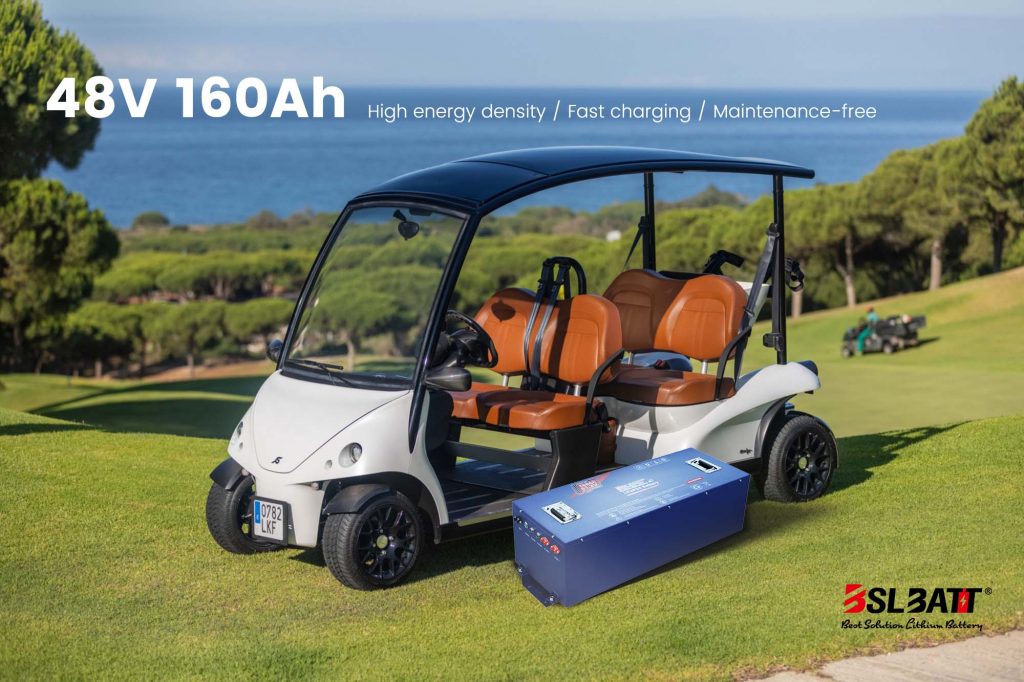
- China
- English
- Françai
- Español
- Deutsch
- Română
- العربية
- 한국어
- 日本語
- Italiano
- Português
- Gaeilge
- Dansk
- Čeština
- Русский
- Afrikaans
- Euskara
- Català
- Esperanto
- हिन्दी
- Ελληνικά
- Bahasa Melayu
- Polski
- Српски
- Kiswahili
- ภาษาไทย
- Tiếng Việt
- Türkçe
- Svenska
- Cymraeg
- Slovenčina
- Latviešu
- Malti
- Magyar
- Galego
- ગુજરાતી
- Eesti Keel
- বাংলা
- Shqip
- беларуская мова
- Nederlands
- Tagalog
- ქართული
- Íslenska
- Kreyòl Ayisyen
- Lietuvių
- Norsk
- slovenščina
- தமிழ்
- Українська
- ײִדיש
- اردو
- తెలుగు
- فارسی
- македонски
- ಕನ್ನಡ
- Bahasa Indonesia
- עברית
- Suomi
- Hrvatski
- Български
- Azerbaijani

Industry Application
Product Type
What are the factors that affect the low temperature performance of lithium ion batteries?
| Lithium-ion batteries have the advantages of high energy density, low self-discharge, high output voltage, long cycle life and no memory effect, occupying most markets in the field of consumer electronics represented by mobile phones, notebook computers, digital cameras, etc. Share. At present, the application of lithium-ion batteries in the fields of power tools and electric bicycles has also shown a geometric progression.
With the rapid development of lithium-ion batteries in the field of electric vehicles and military industry, the low-temperature performance can not adapt to the special low-temperature weather or extreme environmental defects. Under low temperature conditions, the effective discharge capacity and effective discharge energy of lithium-ion batteries will be significantly reduced, and at the same time it is almost impossible to charge in the environment below -10 °C, which seriously restricts the application of lithium-ion batteries.
Factors affecting the low temperature performance of lithium ion batteriesThe lithium ion battery is mainly composed of a positive electrode material, a negative electrode material, a separator, and an electrolyte. Lithium-ion batteries in a low temperature environment are characterized by a drop in discharge voltage platform, low discharge capacity, fast capacity decay, and poor rate performance. The main factors that restrict the low temperature performance of lithium ion batteries are the following: ※ Positive electrode structureThe three-dimensional structure of the positive electrode material restricts the diffusion rate of lithium ions, and the effect is especially obvious at low temperatures. The cathode materials of lithium ion batteries include commercial lithium iron phosphate, nickel cobalt manganese ternary materials, lithium manganate, lithium cobalt oxide, etc., and also include high voltage cathode materials such as lithium nickel manganese oxide and lithium iron manganese phosphate in the development stage. , lithium vanadium phosphate and the like. Different positive electrode materials have different three-dimensional structures. Currently, the positive electrode materials used as power batteries for electric vehicles are mainly lithium iron phosphate, nickel cobalt manganese ternary materials and lithium manganate. Wu Wendi et al studied the discharge performance of lithium iron phosphate battery and nickel cobalt manganese ternary battery at -20 ° C. It was found that the discharge capacity of lithium iron phosphate battery at -20 ° C can only reach 67.38% of normal temperature capacity, while nickel cobalt manganese three The battery can reach 70.1%. Du Xiaoli et al found that the lithium manganese oxide battery can reach 83% of the normal temperature capacity at -20 °C. ※ High melting point solventDue to the presence of a high melting point solvent in the electrolyte mixed solvent, the viscosity of the lithium ion battery electrolyte increases in a low temperature environment, and when the temperature is too low, the electrolyte solidification phenomenon occurs, resulting in a decrease in the transport rate of lithium ions in the electrolyte. ※ Lithium ion diffusion rateThe diffusion rate of lithium ions in the graphite anode is lowered in a low temperature environment. Xiang Yu system studied the effect of graphite anode on the low-temperature discharge performance of lithium-ion battery, and proposed that the charge-migration resistance of lithium-ion battery increases under low temperature environment, which leads to the decrease of lithium ion diffusion rate in graphite anode, which affects the low-temperature performance of lithium-ion battery. important reason. ※ SEI filmIn the low temperature environment, the SEI film of the negative electrode of the lithium ion battery is thickened, and the increase of the SEI film impedance leads to a decrease in the conduction rate of lithium ions in the SEI film. Finally, the lithium ion battery is charged and discharged in a low temperature environment to form a polarization to reduce the charge and discharge efficiency. ※ To sum upAt present, many factors affect the low temperature performance of lithium ion batteries, such as the structure of the positive electrode, the migration rate of lithium ions in various parts of the battery, the thickness and chemical composition of the SEI film, and the selection of lithium salts and solvents in the electrolyte. Low-temperature performance limits the application of lithium-ion batteries in the field of electric vehicles, military industry and extreme environments. The development of lithium-ion batteries with excellent low-temperature performance is an urgent demand in the market. |
A Guide to Choosing the Best 48V Lithium Golf Cart Battery
Would it be worth investing in a 48V ...
10 Exciting Ways To Use Your 12V Lithium Batteries
Back in 2016 when BSLBATT first began designing what would become the first drop-in replacemen...
BSLBATT Battery Company Receives Bulk Orders from North American Customers
BSLBATT®, a China Forklift battery manufacturer specializing in the material handling indust...
Fun Find Friday: BSLBATT Battery is coming to another great LogiMAT 2022
MEET US! VETTER’S EXHIBITION YEAR 2022! LogiMAT in Stuttgart: SMART – SUSTAINABLE – SAF...
Looking for new Distributors and Dealers for BSL Lithium Batteries
BSLBATT battery is a fast-paced, high-growth (200% YoY ) hi-tech company that is leading the a...
BSLBATT to Participate at MODEX 2022 on March 28-31 in Atlanta, GA
BSLBATT is one of the largest developers, manufacturers, and integrators of lithium-ion batter...
What makes the BSLBATT the Superior Lithium Battery for your Motive Power needs?
Electric forklift and Floor Cleaning Machines owners who seek the ultimate performance will fi...




























